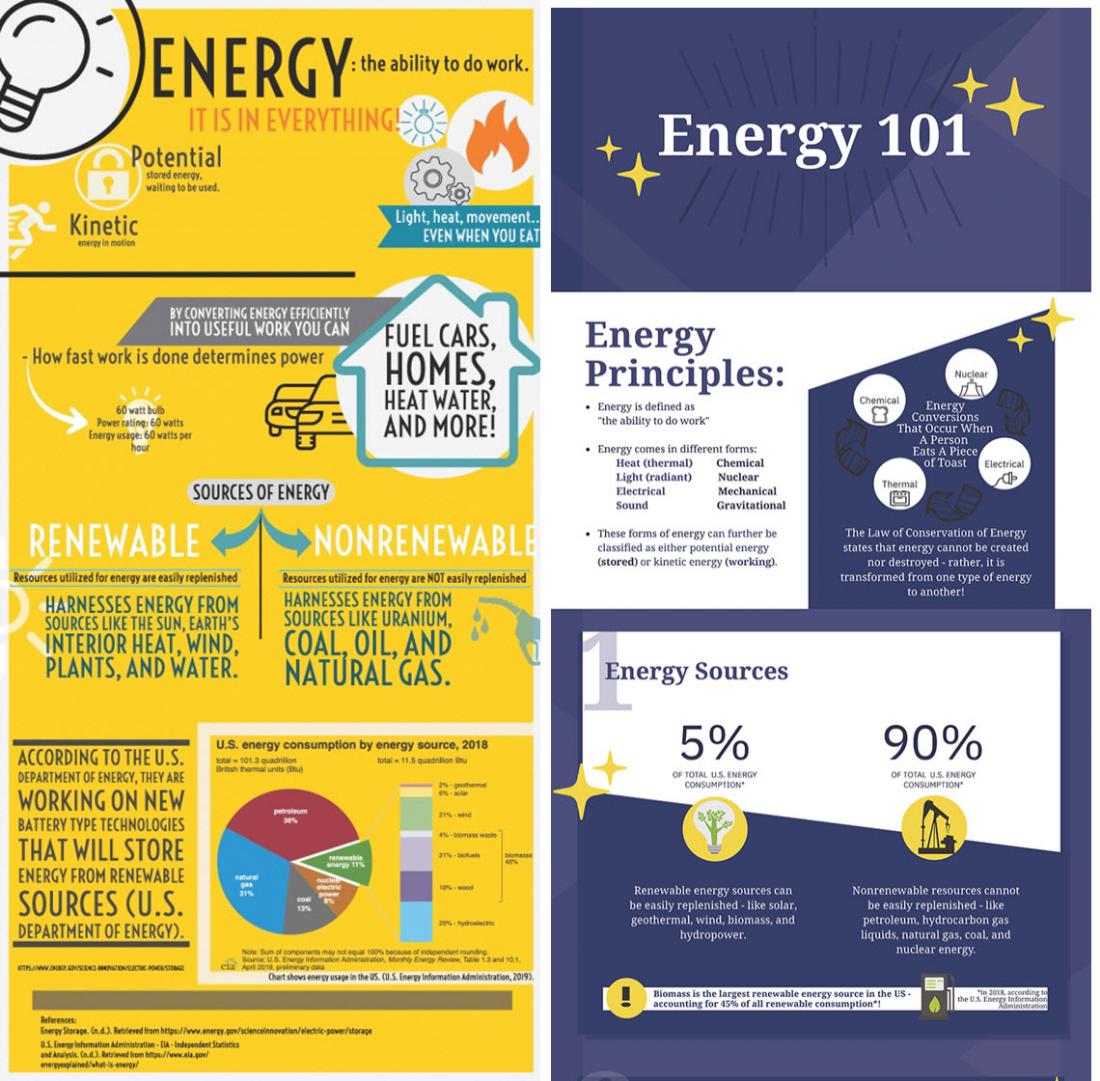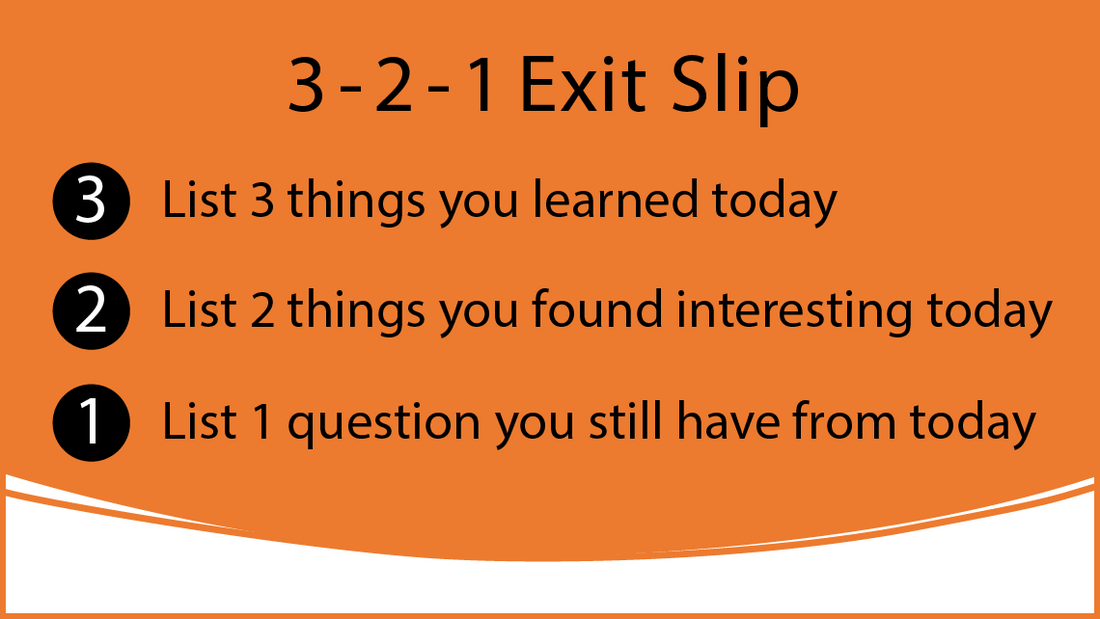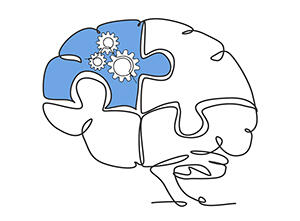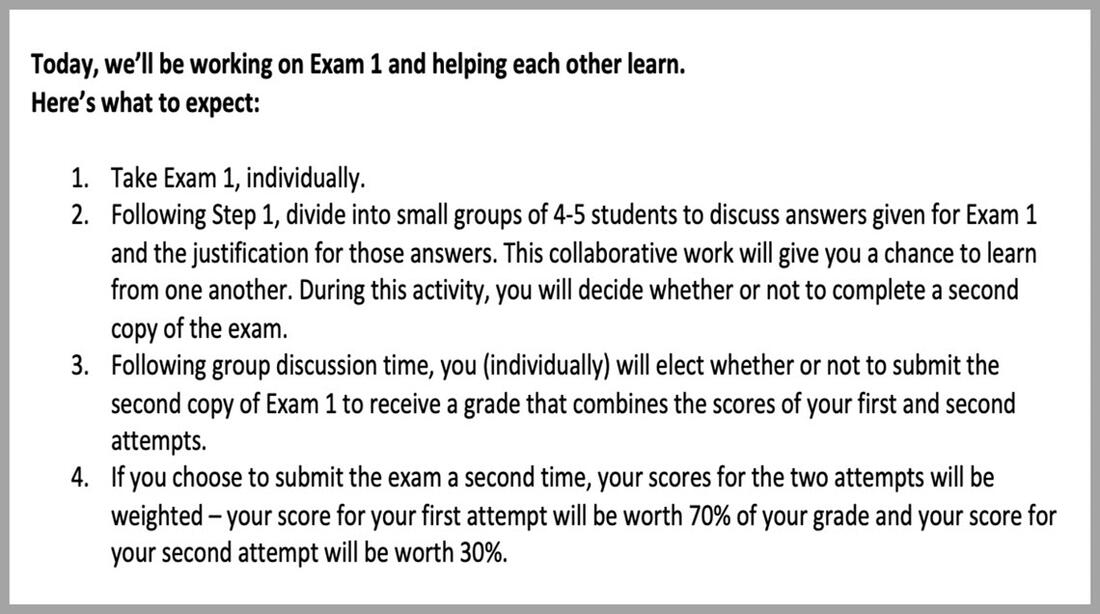Assessment is a key characteristic of any course. However, how assessment is used and what forms of assessment are adopted (i.e. exams, papers, projects) can greatly affect students and their learning experience. Shifting assessment from a means of measurement to a form of inquiry can enable students to work actively and construct knowledge together (Hargreaves, 2007). These collaborative forms of assessment affect the power dynamics of the classroom and provide students with agency and power that is shared with other students and instructors.
- McConnell (2002), who investigated the experiences of students during online collaborative assessments, noted that providing students with opportunities to work collaboratively on assessments led to a reduced dependency on the instructor as a source of information. Even more, providing students with collaborative means of assessment increased their self-efficacy, boosting their confidence and their ability to judge other students’ work.
Providing more collaborative forms of assessment helps to support the growth of a community of learners by fostering agency and reflection through the incorporation of a variety of perspectives.

Credit: © Sergey Nivens / Adobe Stock
Related Topics
References/Resources
- Hargreaves, E. (2007). The validity of collaborative assessment for learning. Assessment in education: Principles, policy & practice, 14(2), 185-199. https://doi.org/10.1080/09695940701478594
- McConnell, D. (2010). The experience of collaborative assessment in e-Learning. Studies in Continuing Education, 24(1), 73-92. https://doi.org/10.1080/01580370220130459





